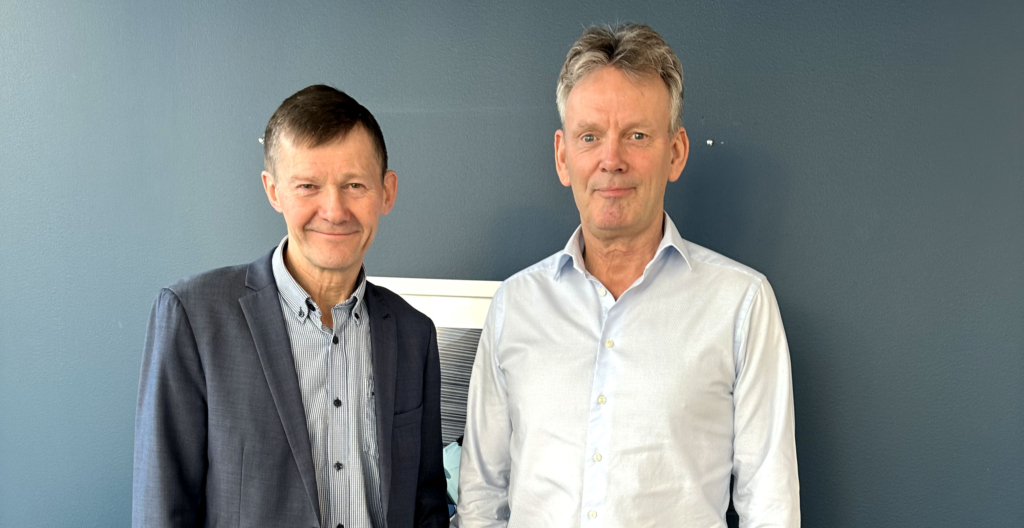Danish and Norwegian satellite operators, Sternula and Space Norway, who are the world’s first to launch and operate VDES satellites, will work together on satellite network roaming, search-and-rescue, and new maritime IoT services in a new ESA-funded research project to realize AIS 2.0.
The VDES technology has been developed over the past decade by IALA as the evolution of AIS for digital data exchange in the maritime VHF frequency band and has now matured to enable the digital transformation of the maritime industry. The technology, sometimes referred to as AIS 2.0, has been approved by the United Nations’ telecom agency, ITU, for global use in the maritime VHF spectrum. The world’s first VDES capable satellite, NorSat-2, launched in 2017, has allowed Space Norway to demonstrate a range of maritime digital services, and with the launch of NorSat-TD in April 2023 the VDES capabilities of Space Norway will increase further. Sternula is launching its first satellite in December 2022 as a pioneer VDES satellite operator.
VDES allows for two-way communication where AIS is a one-way system. The range of terrestrial VDES is limited to a station's visibility above the horizon, which usually means a maximum range of approximately 70-100 kilometres. However, satellite VDES provides coverage also outside the range of coastal stations, such as open oceans and Arctic waters. VDES supports a wide range of services and applications that improve the safety of life at sea and helps the maritime industry become more efficient and environmentally friendly. This includes services such as distribution of maritime safety information, data exchange for improved situational awareness in rescue operations and route exchange for safer and more cost effective journeys.
In a new ESA-funded research project, Sternula and Space Norway will work together to develop and demonstrate maritime IoT services based on the VDES technology, VDES satellite network roaming and maritime distress alert detection in support of search and rescue. The project paves the way for new and innovative maritime digital data services in support of e-Navigation and the digital evolution of the maritime industry. Additionally, the project will test a roaming capability between Sternula and Space Norway’s satellites to deliver better services to the customers. The system relays information from a ship’s components gathered by Sternula equipment via Space Norway’s satellite. While at sea, a ship’s need for maintenance or spare parts can be identified, making maintenance and repairs easy and time efficient when in port.


